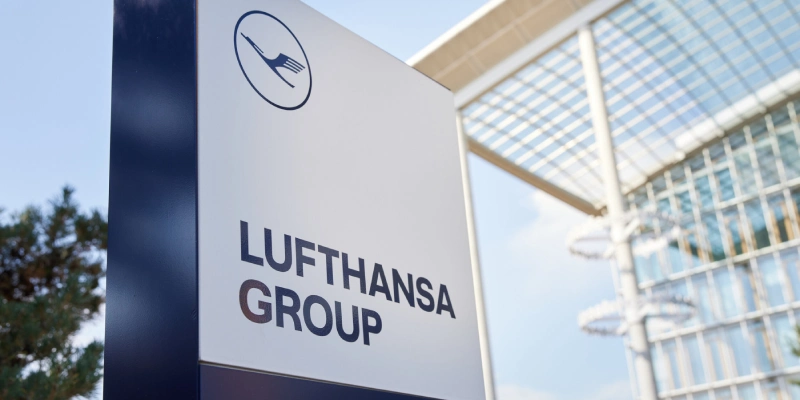Lufthansa Group unveiled its roadmap for the coming years in Munich with a clear message: greater efficiency, innovation, and profitability. During its Capital Markets Day, company executives presented the measures to analysts and investors that will solidify the airline’s position as a global market leader.
Four Strategic Pillars
The strategy is built on four key areas spanning from network airlines to logistics:
Network Airlines: Integration and Modernization
Lufthansa, SWISS, Austrian Airlines, Brussels Airlines, and ITA Airways will enhance cooperation through a more integrated organizational structure. This will enable faster decision-making, joint management of the short- and medium-haul network, and greater synergies.
Global travel demand remains strong, while limited aircraft availability – affected by delays at airframe and engine manufacturers – is sustaining high revenue and load factor levels.
A key point will be the modernization of the fleet: more than 230 new aircraft by 2030, including 100 long-haul aircraft, in what is considered the largest fleet renewal in the group’s history.
Eurowings: Value and Expanding Tourism
Following its restructuring, Eurowings is consolidating its role as a low-cost airline focused on Europe. The company is strongly targeting the holiday travel segment. The launch of Eurowings Holidays in the spring of 2025 marks a decisive step to grow quickly and position itself among the top ten German tour operators.
The arrival of 40 Boeing 737-8 MAX aircraft will give Eurowings one of the youngest fleets on the continent, reducing costs and improving competitiveness.
→ Lufthansa Unveils Special Livery to Celebrate its Centenary
Lufthansa Technik: Innovation and Defense
The maintenance and technical support division continues to advance with its “Ambition 2030” program. Its investments include international expansion in countries like Canada and Portugal, process digitalization, and the development of a new business arm in the defense sector, aiming to strengthen long-term revenue and profitability.
Lufthansa Cargo: Growth with E-commerce
The e-commerce boom is driving air cargo. Lufthansa Cargo is investing 600 million euros in its main Frankfurt hub and in digital automation, with the goal of ranking among the world’s top three cargo operators.
Digital Transformation and Loyalty
The company will integrate all its IT functions into a single executive board department. Furthermore, it will merge the Digital Hangar and Innovation & Tech Factory initiatives, expanding digital capabilities and the use of artificial intelligence.
Another growth driver will be the Miles & More loyalty program, which aims to increase its active members by 50% by 2030. Strategic alliances with Deutsche Bank and Marriott Bonvoy support this goal, expanding business areas in payments, partnerships, and retail media.
Financial Targets 2028-2030
The Lufthansa Group has set targets exceeding its historical results:
- Adjusted EBIT margin: between 8% and 10%.
- Adjusted pre-tax ROCE: between 15% and 20%.
- Adjusted free cash flow: more than 2.5 billion euros per year.
Additionally, it will maintain minimum liquidity of 8 to 10 billion euros and an investment-grade rating. Shareholders will continue to receive dividends of between 20% and 40% of consolidated net income.
Workforce Restructuring
Digital integration and the elimination of redundancies will lead to workforce adjustments. The group plans to cut 4,000 jobs globally by 2030, primarily in Germany and in administrative areas, always in dialogue with social representatives.
Related Topics
American Airlines Launches Seasonal Route Between Chicago and Querétaro for Year-End High Season
American Airlines Debuts Airbus A321XLR on Transcontinental Route Between New York and Los Angeles
Delta Expands Delta One Check-In Spaces Across All Its U.S. Hubs
Spirit Airlines Celebrates Holiday Season with Special Livery
Plataforma Informativa de Aviación Comercial con 13 años de trayectoria.
